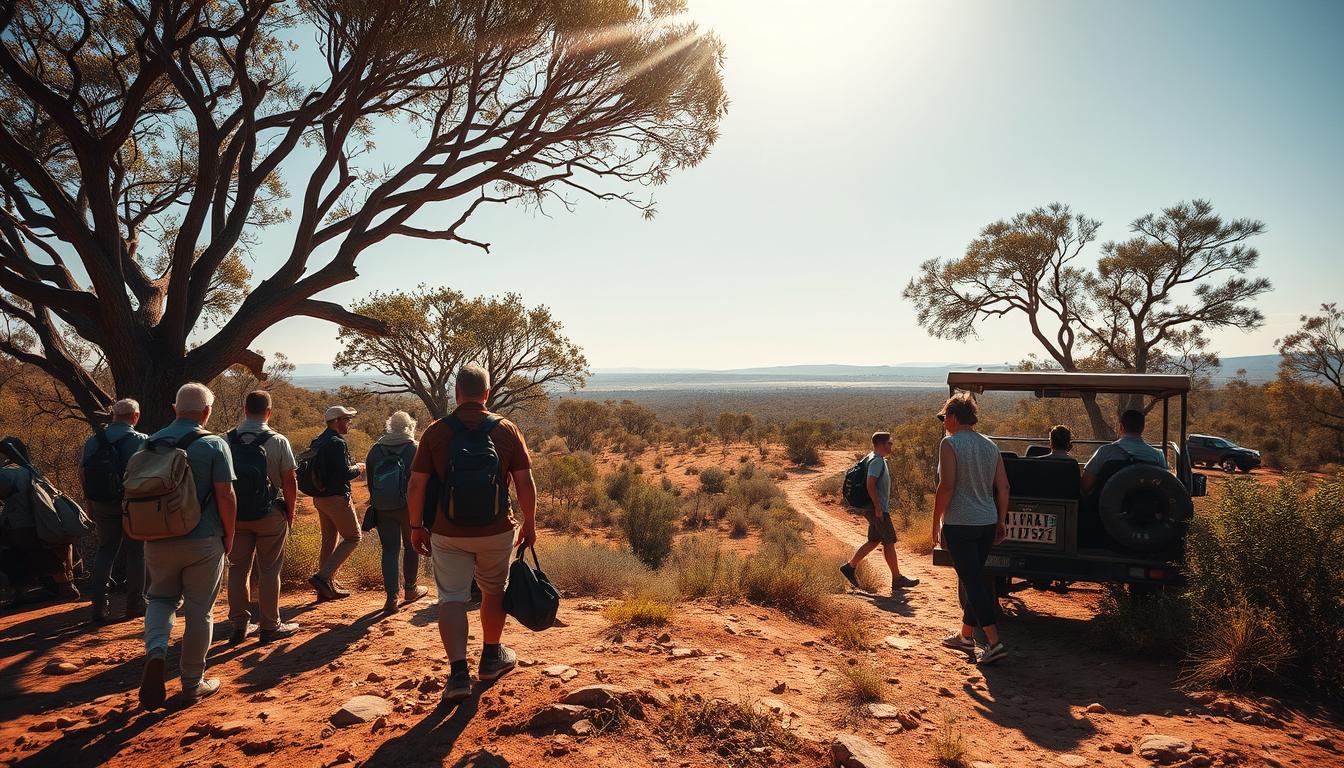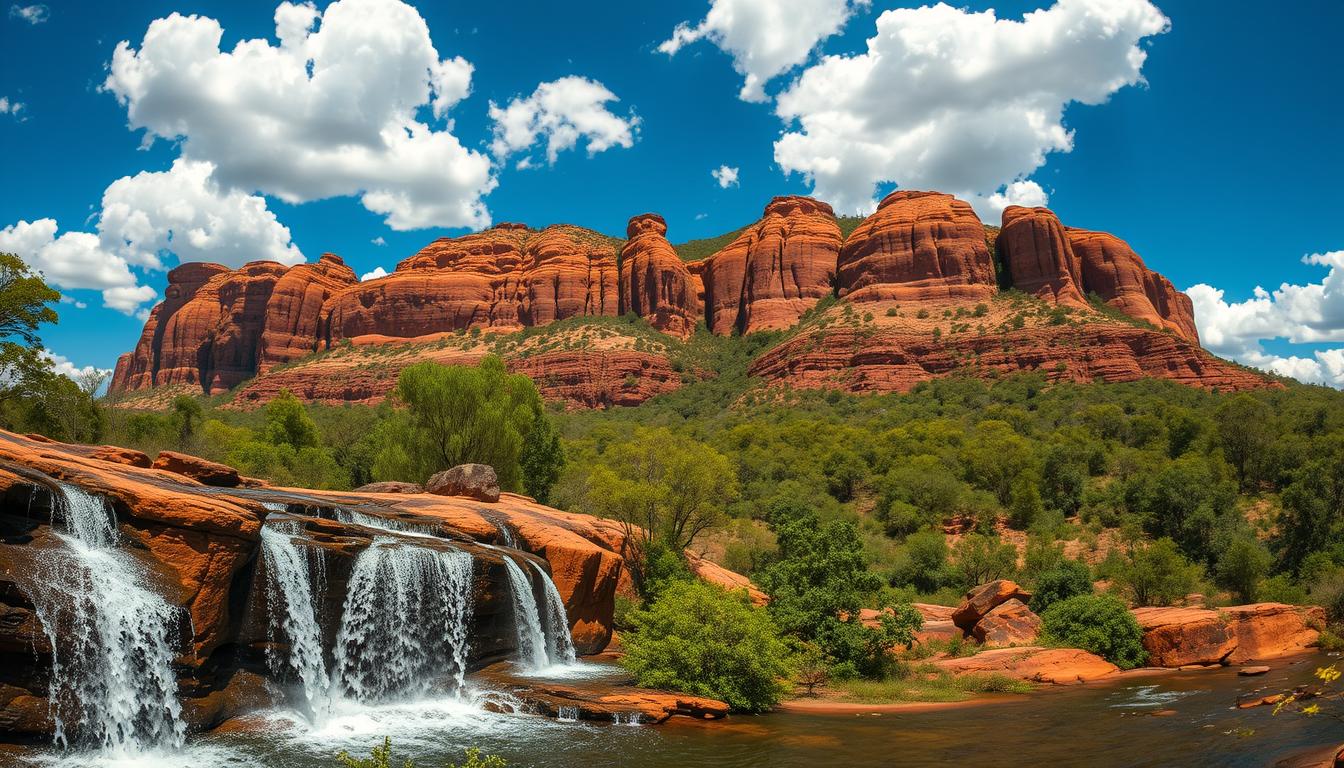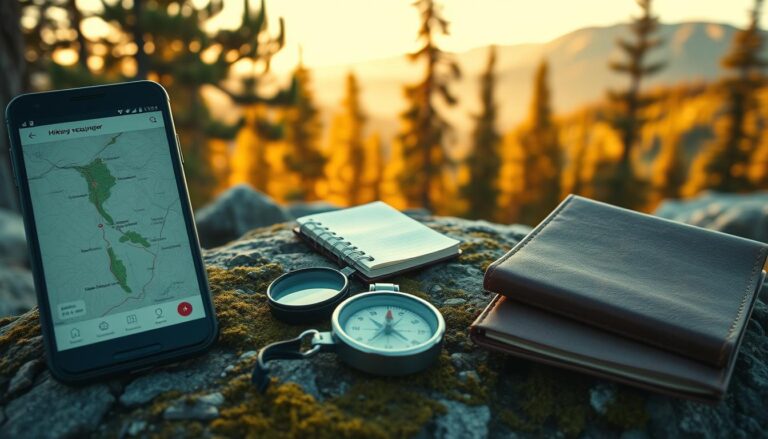12 Thrilling Adventure Tours in Northern Territory
I made a tight shortlist of the best options so you don’t have to scroll forever. I tested highly rated choices from Autopia, Intrepid, and Adventure Tours Australia and spoke with guides like Robert and Damian to see what stands out.
I flag logistics up front: how many day(s) each trip runs, the pace, and the main landscapes you’ll hit — Uluru, Kata Tjuta, Kings Canyon, Kakadu, and Litchfield. I also call out real traveler tips: early starts, large water bottles, and sunrise viewpoints that deliver the biggest view moments.
This intro shows what I value: guide quality, cultural context, wildlife encounters, and routes that balance short trips with deeper multi-day experiences. Read on to pick the right way to see the heart of these attractions without wasting time or money.

Why the Northern Territory Is My Ultimate Adventure Playground
What keeps me coming back is the sharp contrast: wet, green coastlines and wide, silent red plains. The northern territory spans two clear climate zones. The Top End gives tropical wetlands, heavy storms in the Wet Season, and lively Dry Season events. I use Darwin as my easy city base for markets, dining, and quick wetland day trips.
I move south to the Red Centre when I want open skies, rock monoliths, and crisp desert nights. Winter days there are perfect for long rim hikes at Uluru-Kata Tjuta and Kings Canyon. I plan my time around the season so hiking and sightseeing match the weather.
I build itineraries that link wetlands wildlife in Kakadu and waterfalls in Litchfield with the spiritual heart of the outback. I also prioritize culture—listening to First Nations stories and reading Country through rock art. Small changes in schedule often unlock unexpected local events or a quieter sunrise over the landscapes.
Adventure Tours Northern Territory: My Curated Dozen
I narrowed the field to twelve trips that deliver iconic views, cultural context, and smart pacing.
I start with compact, high-impact northern territory tours that stitch Kakadu National Park wetlands, rock art sites, and Litchfield National waterfalls into three-day combos. I recommend options like the 3 Day Kakadu & Litchfield 4WD camping tour by Autopia and the 3 Day Uluru‑Kata Tjuta‑Kings Canyon camp from Alice Springs.
My picks show the day-by-day flow, what’s included (camping style, meals, walk lengths), and which routes suit campers, comfort travelers, or small groups. I call out seasonal access to waterfalls and when guides reroute to Mary River wetlands or Ellery Creek Big Hole to keep the trip strong.
Traveler notes matter: guides such as Robert and Damian lift the experience with cultural context and timing for Ubirr sunsets, Uluru sunrises, and Kings Canyon rim light. Use this as a way to choose your top two or three tours and know what to expect on the road.
Pick Your Style: Group, Small Group, or Private Territory Tours
The style you pick decides how you move, who you meet, and what you can access each day.
I choose classic group departures when I want easy social vibes and great value. These group trips often run 3–15 days with about 20–25 guests. They blend headline sites with lesser-known stops and keep logistics efficient.
For deeper access, I opt for small group options. Small groups (8–16 travelers) let guides linger at places the group loves and reach remote spots like Jim Jim Falls when conditions allow.
If I need total control, I book private trips. A private tour customizes pace, photo stops, meals, and cultural moments. That choice is best when I’m matching the itinerary to a milestone or a tighter budget for luxury.
I always ask operators about meal planning and dietary options in advance. I also carry a larger water bottle (or two) on long hikes; it keeps the day on track and saves refill stops.
Finally, I check vehicle type, seat layout, camping vs. lodge nights, included gear, and recent reviews for guide names and strengths. I confirm max group size, minimum ages, and contingency routes so my experience stays strong no matter the closures.

Best Time to Visit the Northern Territory for Epic Adventures
Choosing when to go shapes every highlight you’ll see and how you feel each day. I plan my time visit around weather windows so I get the most from each route.
Top End timing: I aim for the dry season when I want clear skies, open tracks, and busy outdoor events. The wet season brings dramatic storms, greener billabongs, fewer crowds, and better value if I want lush wetlands instead.
Red Centre timing: The red centre has four distinct seasons. I schedule rim walks at Uluru and Kings Canyon for crisp winter days and pack warm layers for cold nights. Autumn and spring give balanced temps, perfect for multi‑day trips that link Alice Springs, Uluru, Kata Tjuta, and canyon hikes.
I use sunrise and sunset windows to beat heat and boost color at major lookouts. I also book national parks early in the dry to lock in top departure dates for territory tours. Finally, I keep a buffer day for last‑minute swaps and choose operators who brief daily conditions so each day of the trip stays highlight‑rich.
Operators I Trust for Northern Territory Tours
I pick operators who balance logistics and local insight so each day feels smooth and rich.
Intrepid Travel ranks high for me when guide quality matters. Their guides, like Robert, weave culture, geology, and ecology into stops so the experience goes beyond a checklist.
Autopia Tours earns my vote for attentive ground teams. Damian and other leaders handle timing, route pivots, and crowd‑beating strategies that matter at Kings Canyon and other busy lookouts.
Adventure Tours Australia is my go‑to for compact Red Centre departures from Alice Springs. Their 3‑day Red Centre campouts keep pace tight, focus on sunrise moments at Kata Tjuta, and make efficient use of time around Uluru.
I always read recent reviews to request specific guide names and look for clear pre‑tour communications about fitness, walk distances, and expected conditions.
Practical checks I do: confirm meal planning for dietary needs, ask about water capacity guidance, and compare how operators handle weather pivots and closures. Vehicle comfort and permit coverage for cultural sites are deal breakers for me.
Price matters, but I balance budget against inclusions. A strong guide and smart routing often deliver a better experience for guests than a marginal hotel upgrade.
Where I Go for Big Views, Rock Art, and Waterfalls
I base most days around a single unforgettable viewpoint, then add a nearby walk or cultural stop. I head to Kakadu National Park to read Country in 50,000‑year‑old rock art galleries and watch wetlands and wildlife come alive on a guided cruise.
I time Ubirr and other lookouts for sunset so the view turns cinematic. Mary River wetlands are great for croc spotting and birdlife when water levels suit. I also plan a Litchfield National day for cooling swims at Wangi and Florence Falls and a quick stop at the magnetic termite mounds.
Katherine Gorge (Nitmiluk) is a calm canoe or cruise between sandstone walls, perfect for still‑light photos and quiet wildlife moments. Then I shift south to the Red Centre for dawns at Uluru and Kata Tjuta, and rim walks at Kings Canyon when temps allow.
I watch 4WD track advisories for Motor Car Falls or Jim Jim Falls and choose tours that pause for meaningful walks and cultural context with Traditional Owners. Pack water, plan shade breaks, and leave space to linger—great landscapes reward patience.

How I Get Around: Flights, Roads, 4WD Tracks, and The Ghan
My way of moving through the outback pairs short flights with scenic drives to save daylight. I fly into Darwin for the Top End or Alice Springs and Yulara for the Red Centre, then link by road to keep each day efficient.
Main airport hubs offer daily flights and regional connections like Airnorth, so I plan early morning departures to start a tour fresh and avoid wasted daylight.
I use sealed highways for most point-to-point travel and only rent a 4WD when a specific track truly needs it. Ninety-five percent of key attractions are reachable by 2WD, taxis, shuttles, or coaches.
I also love adding a Ghan leg to watch the landscape change—stops in Alice Springs and Katherine fit neatly into a north–south itinerary. Darwin doubles as a year‑round cruise port, and local buses or bikes fill smaller gaps.
Packing light is non-negotiable: a soft duffel, a daypack, and a go-bag with water, hat, and sunscreen keep transfers smooth so the way I travel supports the trip and saves time.
Seasonal Events and Cultural Moments I Plan Around
I plan my trips around the big cultural events so I catch both festivals and quiet Country moments.
I build my calendar around the Dry Season when the Top End fills with markets, music, and lively city events in Darwin. That window makes it easy to mix big festivals and national park mornings.
I mark a few dates early: the Alice Springs Beanie Festival for textile workshops and artist meet‑ups, and the Barunga Festival near Katherine for storytelling circles and bush medicine sessions. I also note the MXGP of Australia (Sept 19–21, 2025) in Darwin and pad my plans for pre/post activities.
When a festival lands on my trip, I add a Katherine Gorge cruise or canoe to balance crowd energy with quiet time on Country. I keep one flex day for pop‑up cultural programs guides share.
I respect permit rules for Arnhem Land and choose operators who know cultural protocols. That way I get rich local culture, sunrise and sunset view moments, and access to the year’s best attractions.
Conclusion
In short, I use a clear plan to make every trip matter.
I pick a region first—Top End wetlands or the Red Centre desert icons—then stack 3–6 day northern territory tours to cover core goals without rushing. I book flights early from Darwin, Alice Springs, or Yulara to lock dates and save daylight.
I match season to purpose, choosing the Dry for easy park access and festivals, or the Wet for lush kakadu national scenery and quieter tracks. I keep permits, national park advisories, and local cultural protocols on my checklist so rock art and community visits stay respectful.
Choose territory tours with strong guides, plan sunrise and sunset windows at Uluru, kata tjuta, and kings canyon, and spread time between Alice Springs and Darwin. That way the view moments land at the heart of your outback travel, and your budget and pacing stay smart.
